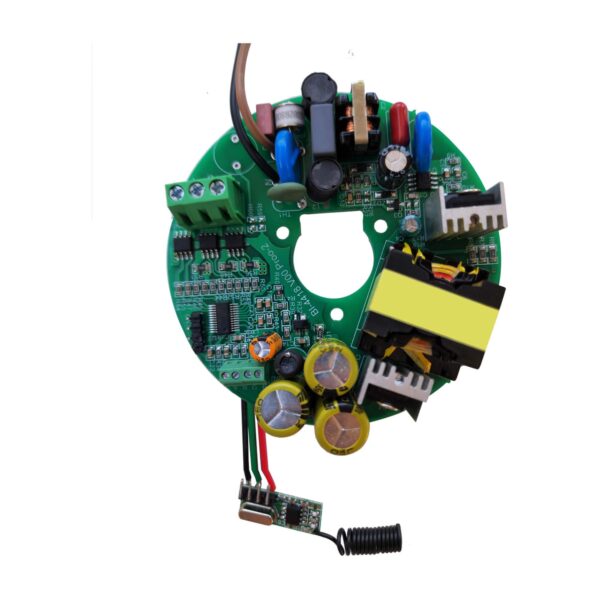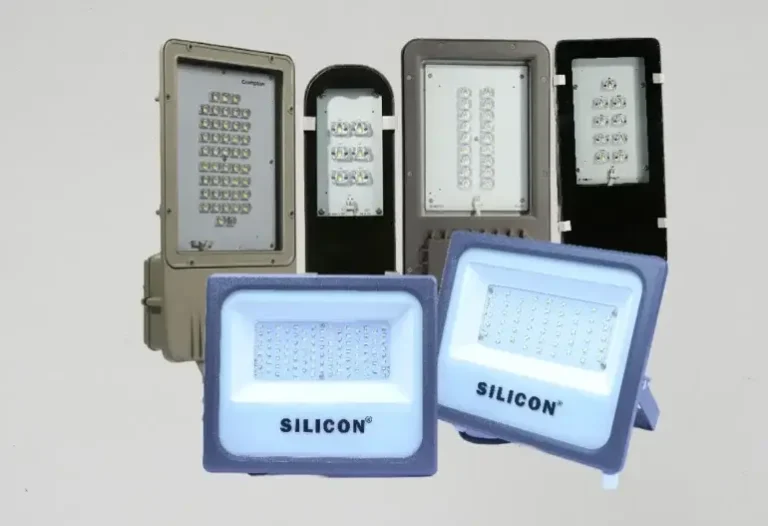How Battery Management Systems Works (BMS) ?
A battery management system (BMS) is an electronic system that monitors and controls a rechargeable battery. It is an essential component of any battery-powered device or system, ensuring the safe and efficient operation of the battery.
In this blog, we will explore how a BMS works and the key components that make up a typical BMS.
The Role of a BMS
The primary role of a BMS is to ensure the safe and efficient operation of a battery. It accomplishes this by performing several key functions:
- Monitoring: The BMS continuously monitors the voltage, current, temperature, and state of charge of the battery. This information is used to determine the battery’s health and performance.
- Control: The BMS controls the charging and discharging of the battery to prevent overcharging, over-discharging, and overheating. It also balances the charge among the individual cells in the battery to ensure uniform performance.
- Protection: The BMS protects the battery from damage caused by overcharging, over-discharging, overheating, and short circuits.
- Communication: The BMS communicates with the device or system that the battery powers, providing information on the battery’s status and performance.
Components of a BMS
A typical BMS consists of several key components:
- Battery Pack: The battery pack is the collection of individual battery cells that the BMS monitors and controls.
- Battery Management Unit (BMU): The BMU is the core of the BMS. It performs the monitoring, control, protection, and communication functions of the BMS.
- Sensors: The sensors measure the voltage, current, temperature, and state of charge of the battery cells. They provide the BMU with the information needed to monitor and control the battery.
- Control Circuit: The control circuit manages the charging and discharging of the battery, based on the information provided by the sensors.
- Communication Interface: The communication interface allows the BMS to communicate with the device or system that the battery powers. This allows the device or system to receive information on the battery’s status and performance.
- Protection Circuit: The protection circuit safeguards the battery against overcharging, over-discharging, overheating, and short circuits. It ensures that the battery operates safely and efficiently.
In conclusion, a BMS is a critical component of any battery-powered device or system. By performing the monitoring, control, protection, and communication functions, the BMS ensures the safe and efficient operation of the battery. The key components of a typical BMS include the battery pack, battery management unit, sensors, control circuit, communication interface, and protection circuit.





